How do wind energy companies kill protected bald eagles and golden eagles via turbine strikes every year without facing legal repercussions? They have renewable permits issued by the U.S. Fish and Wildlife Service (FWS) that exempt them from laws making it illegal to kill the birds.
However, the U.S. District Court of Northern California has ruled that the FWS violated federal law by extending the duration of the so-called “eagle take permit” from five to 30 years without first investigating the impact it would have on eagle populations. The court made the ruling in August after reviewing a lawsuit against the FWS’s parent agency, the Department of Interior (DOI).
After facing extinction in the mid-twentieth century the bald eagle (Haliaeetus leucocephalus) has rebounded to roughly 10,000 breeding pairs in the U.S., according to the FWS. The agency regards golden eagle (Aquila chrysaetos) numbers as stable at around 30,000 individuals nationwide. Both species are protected under the Bald and Golden Eagle Protection Act, as well as two other federal laws.
However, wind turbines often strike and kill eagles. Up to 75 of the birds have been killed annually by a single wind farm, the Altamont Pass Wind Resource Area in central California, but mortalities at other installations are less well monitored. A 2013 paper in the Journal of Raptor Research documented 85 eagle kills at 32 other facilities between 1997 and 2012, but notes that the findings “likely underestimate, perhaps substantially, the number of eagles killed at wind facilities in the United States.”

To allow wind turbines to continue operating legally, in 2009 the FWS created the eagle take rule letting wind and other energy companies take the lives of protected eagles. The rule gave permits a 5-year duration, renewable at the end of the term, and limited the number of animals a company could kill.
Without a permit, “wind companies would be in violation of federal law and potentially subject to expensive fines and mitigation, and they could also be criminally prosecuted,” Michael Hutchins, director of the Bird-Smart Wind Energy Campaign for the Virginia-based conservation group the American Bird Conservancy (ABC), told Mongabay.
In December 2013, the FWS changed the duration of the 5-year permit to 30-years. The agency explained in its that the reason for the extension was in part to help wind energy companies acquire funding. “Wind developers have informed the DOI and the Service that 5-year permits have inhibited their ability to obtain financing, and we changed the regulations to accommodate that need while protecting eagles. Moreover, we may issue permits with shorter terms than the allowable 30-year maximum tenure, when appropriate,” the FWS stated.
Six months later, in June 2014, the ABC, along with co-plaintiffs Debra Shearwater, Stephen Thal, Carolyn Crockett, Michael Dee, and Robert Ferris, filed a lawsuit against the DOI and the FWS. The American Wind Energy Association, an industry trade group, intervened as a defendant of its own accord. The plaintiffs’ central point was that the FWS extended the duration of the permit without going through a proper review or properly researching the effects the change might have on bird populations.
Specifically, the agency did not produce either an environmental assessment (EA), which is required by law to determine whether a federal action will have significant environmental effects, or an environmental impact statement (EIS), which is required if it is determined that the action will have significant effects, describes the effects in detail, and is subject to public review. “They also did not consult with native American tribes, also required by law,” Hutchins said.
The FWS’s 2013 final rule states that the agency’s decision to forgo an EA and an EIS was within reason. “Extending the permit tenure from 5 years to 30 years will not cause environmental effects that lend themselves to meaningful analysis; instead, the effects of the permit tenure will be addressed on a case by case basis,” the final rule states.
The District Court of Northern California did not see it that way. The violation of NEPA policy was the court’s primary reason for denying the FWS its so-called “30-year rule” allowing the “taking” of eagles. It stated in its ruling that “FWS has failed to show an adequate basis in the record for deciding not to prepare an EIS—much less an EA—prior to increasing the maximum duration for programmatic eagle take permits by sixfold.”
Despite ABC’s victory in court and the group’s recognition that wind energy development may be necessary to move away from fossil fuels and address climate change, Hutchins remains wary of the future for eagles among a growing wind energy industry. A study ABC conducted found that nearly 30,000 turbines are already spinning in areas necessary for the survival of protected birds.
“[T]here are plenty of other areas where turbines could go and have a lesser impact on birds and bats. ABC has argued for years that proper siting would go a long way to alleviate the problem,” Hutchins said. “Unfortunately, wind energy developers are often ignoring these concerns and placing their turbines in locations that are bad for birds and bats, and with little effective regulation to stop them, they are going up everywhere.”
Hutchins also suggested the development of bladeless wind technology as a possible solution.
The recent court ruling returned the 30-year rule to the FWS for further consideration. At this time 5-year permits remain available to wind energy companies. However, in order for the FWS to propose any new rule that might affect protected eagles it would have to conduct a thorough investigation into its potential effects on the environment and the animals,
When asked if the FWS has plans to pursue a 30-year permit anew, agency spokesperson Laury Parramore told Mongabay “it is too early in the process for us to say whether we will propose extending permit tenure in the next rule revisions.”
Citations:
American Bird Conservancy (Interviewer) & Hutchins, M. (Interviewee) (2015). What’s Next For Eagles? Behind The Court Ruling [Interview Transcript]. Retrieved from http://abcbirds.org/whats-next-for-eagles-behind-the-verdict/
American Bird Conservancy (2014). Wind Energy and Sensitive Bird Habitat: Methodology and Links. Retrieved from http://abcbirds.org/wp-content/uploads/2015/12/Wind_Energy_Methodology.pdf
Pagel, J.E., Kritz, K.J., Millsap, B.A., Murphy, R.K., Kershner, E.L., Covington, S. (2013).
Bald Eagle and Golden Eagle Mortalities at Wind Energy Facilities in the Contiguous United States. Journal of Raptor Research 47:311-315.
This article was first published by Mongabay.com on 04 Dec 2015.
We invite you to share your opinion whether wind energy companies should face legal action for killing birds? Please vote and leave your comments at the bottom of this page:
Thank you for voting.
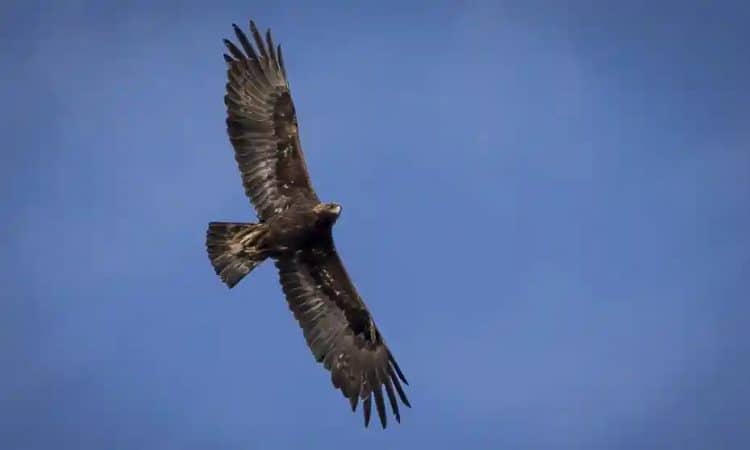
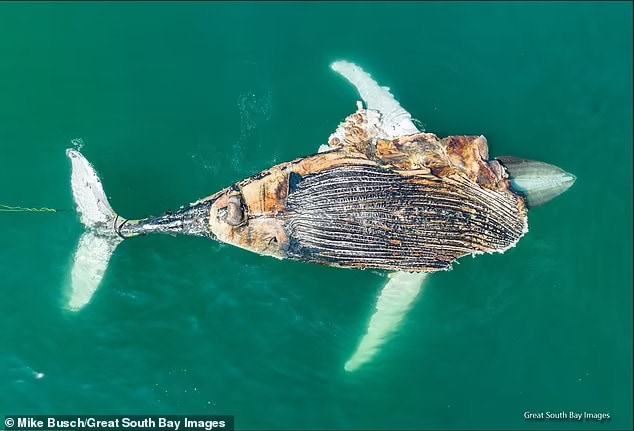
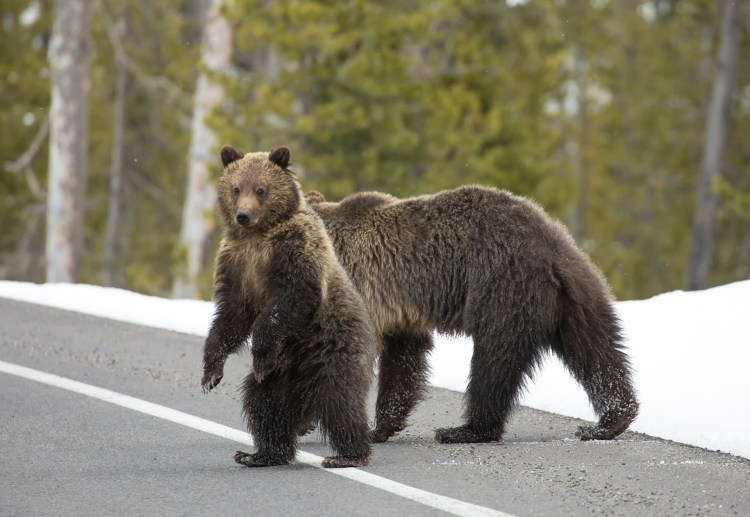
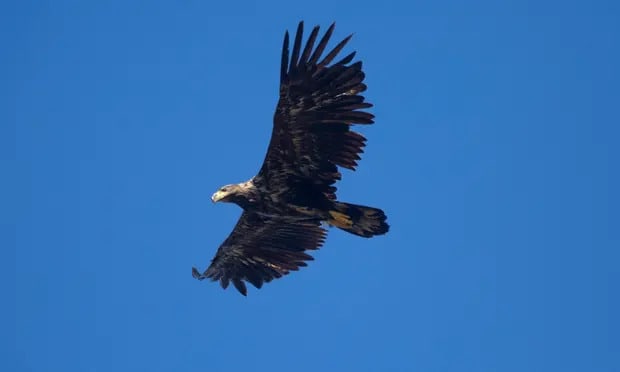

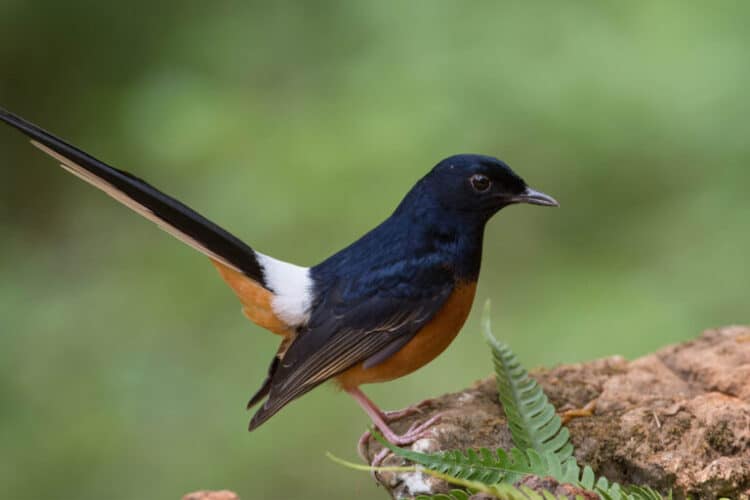
Leave a Reply